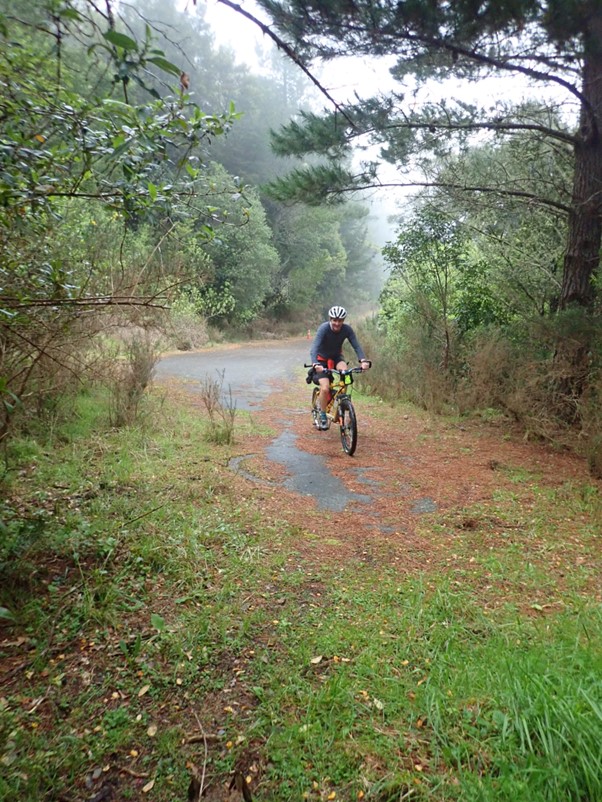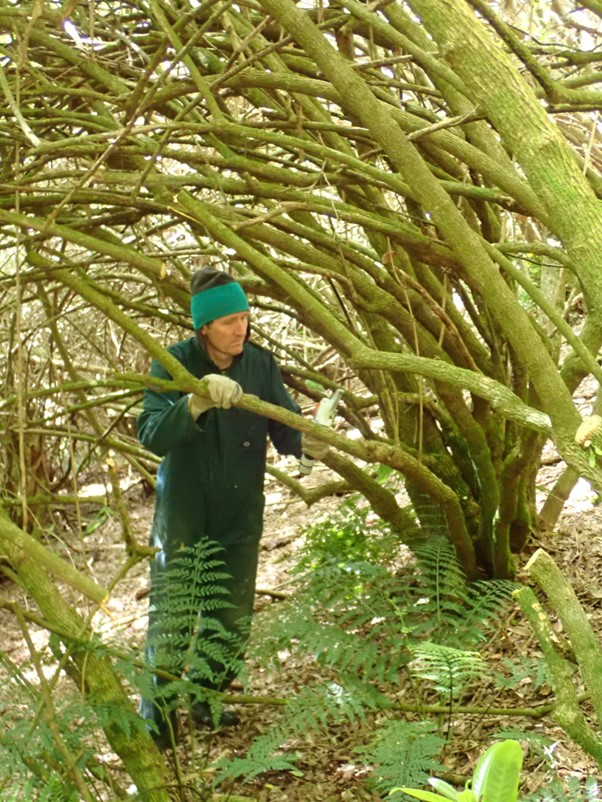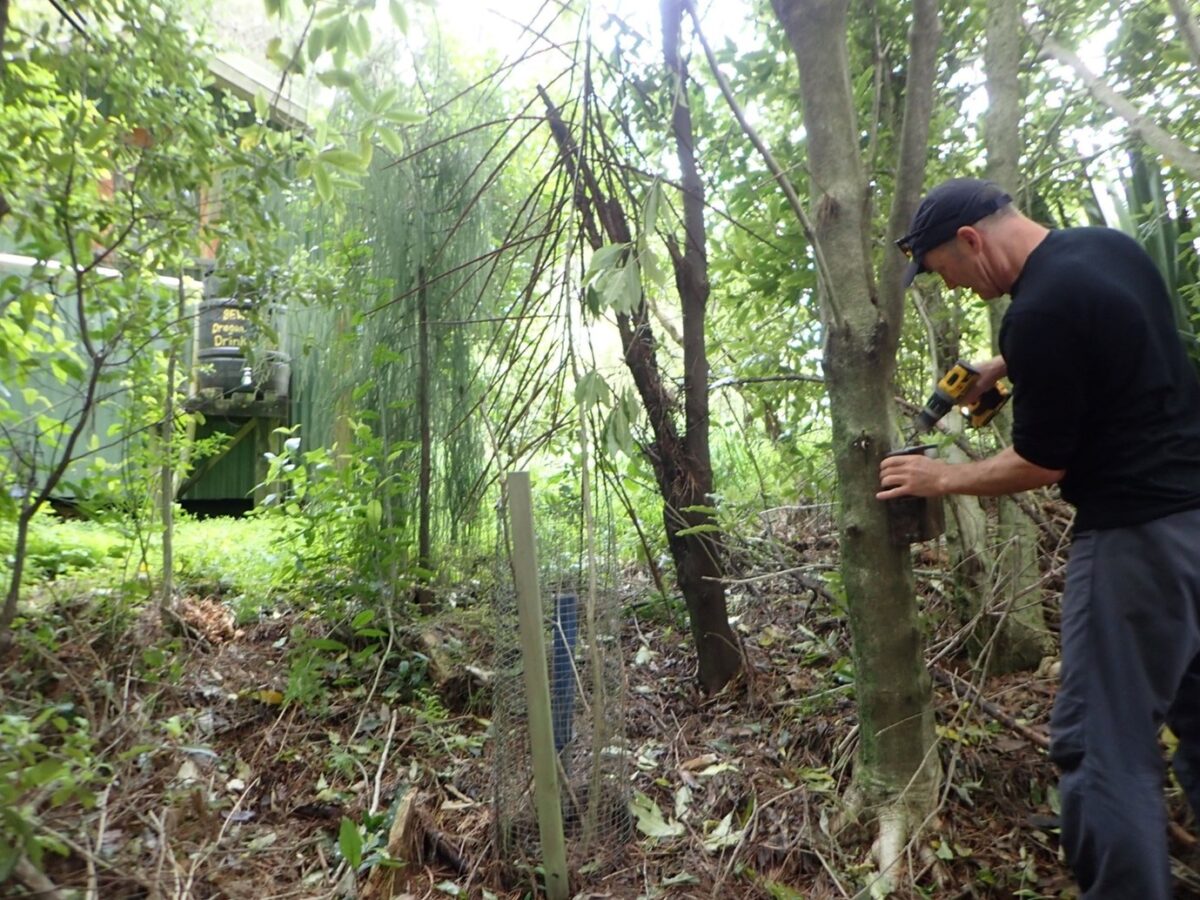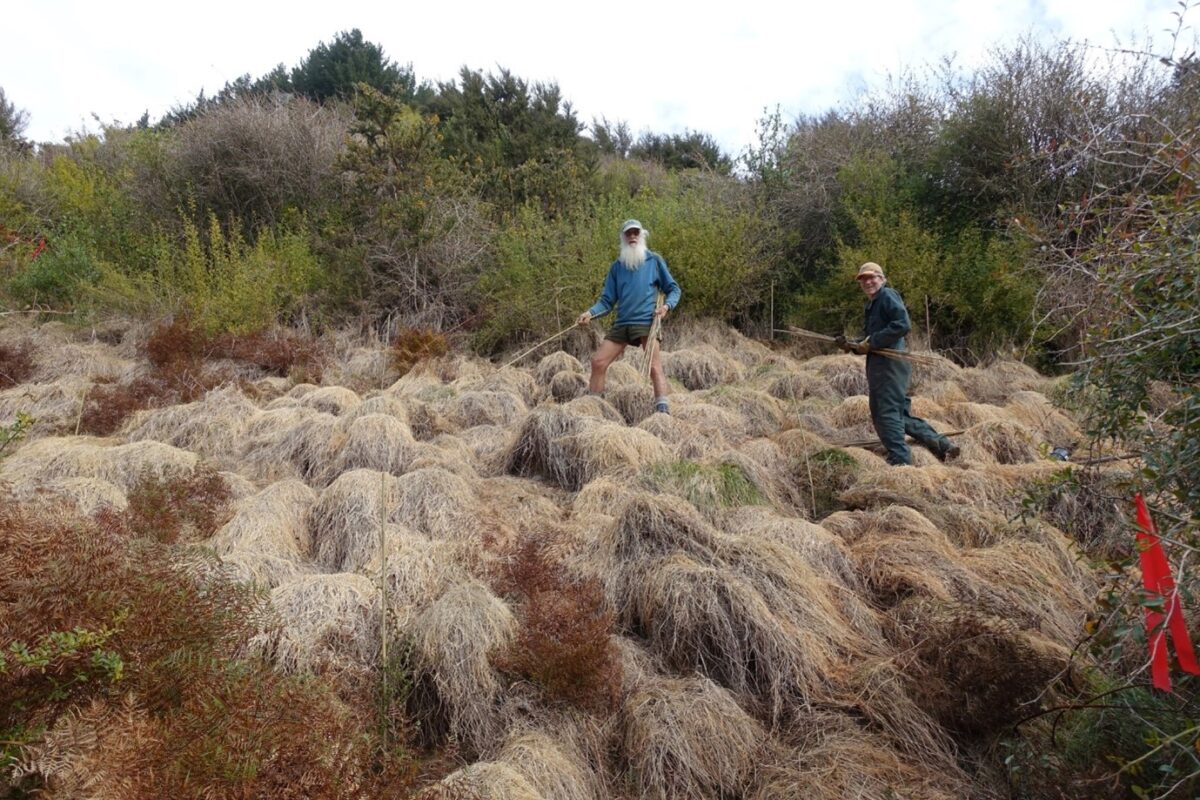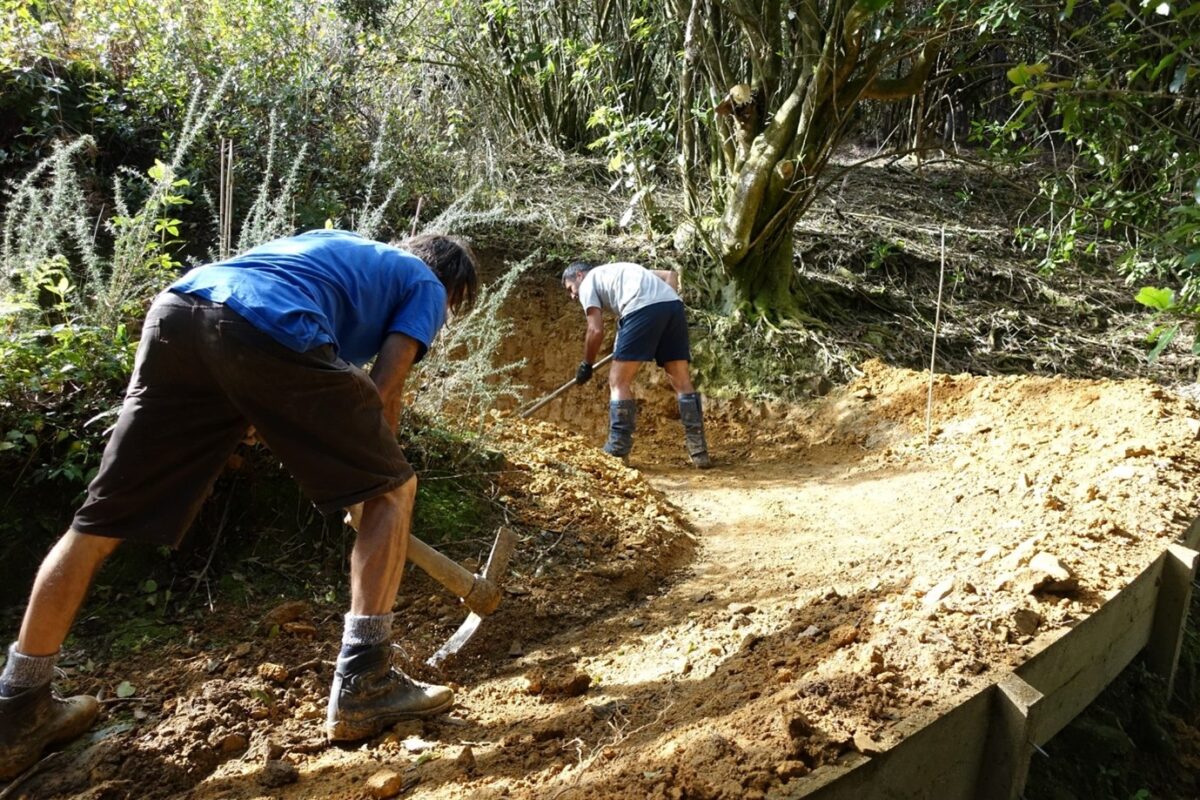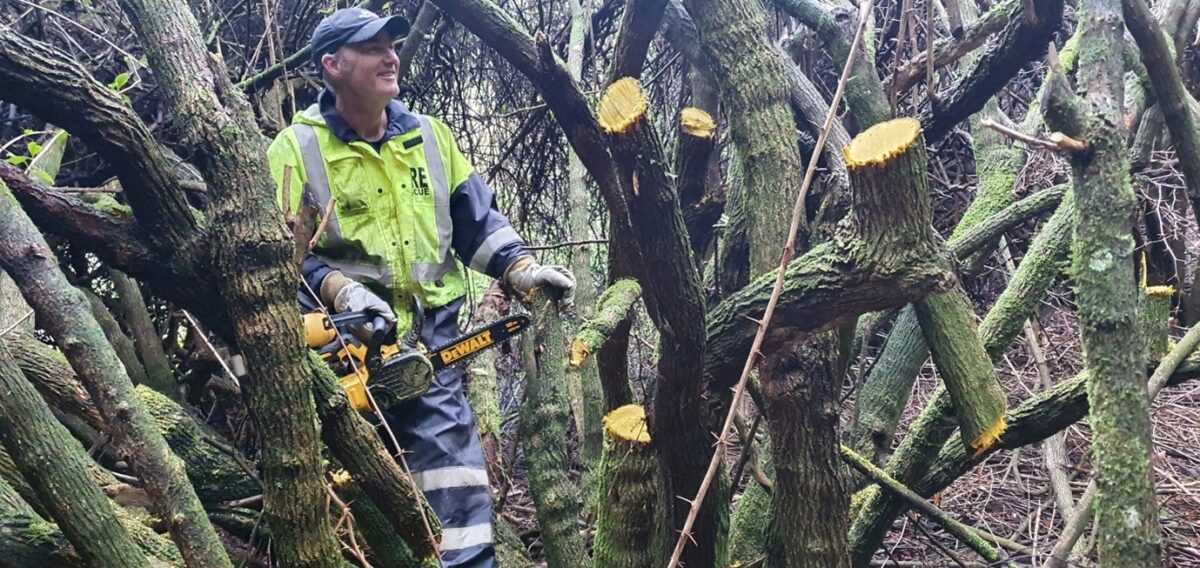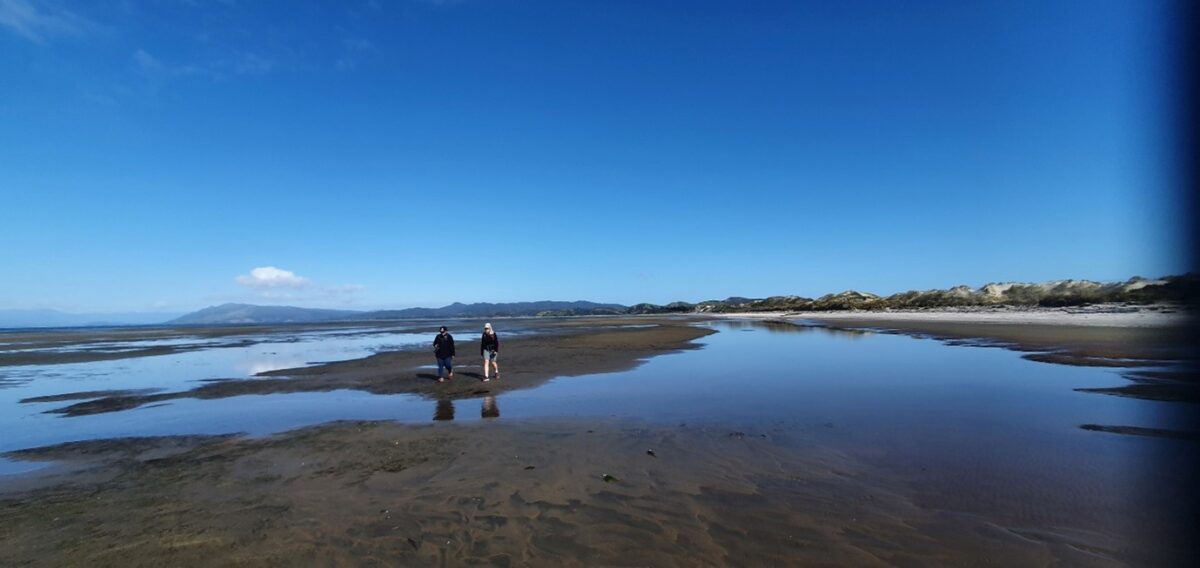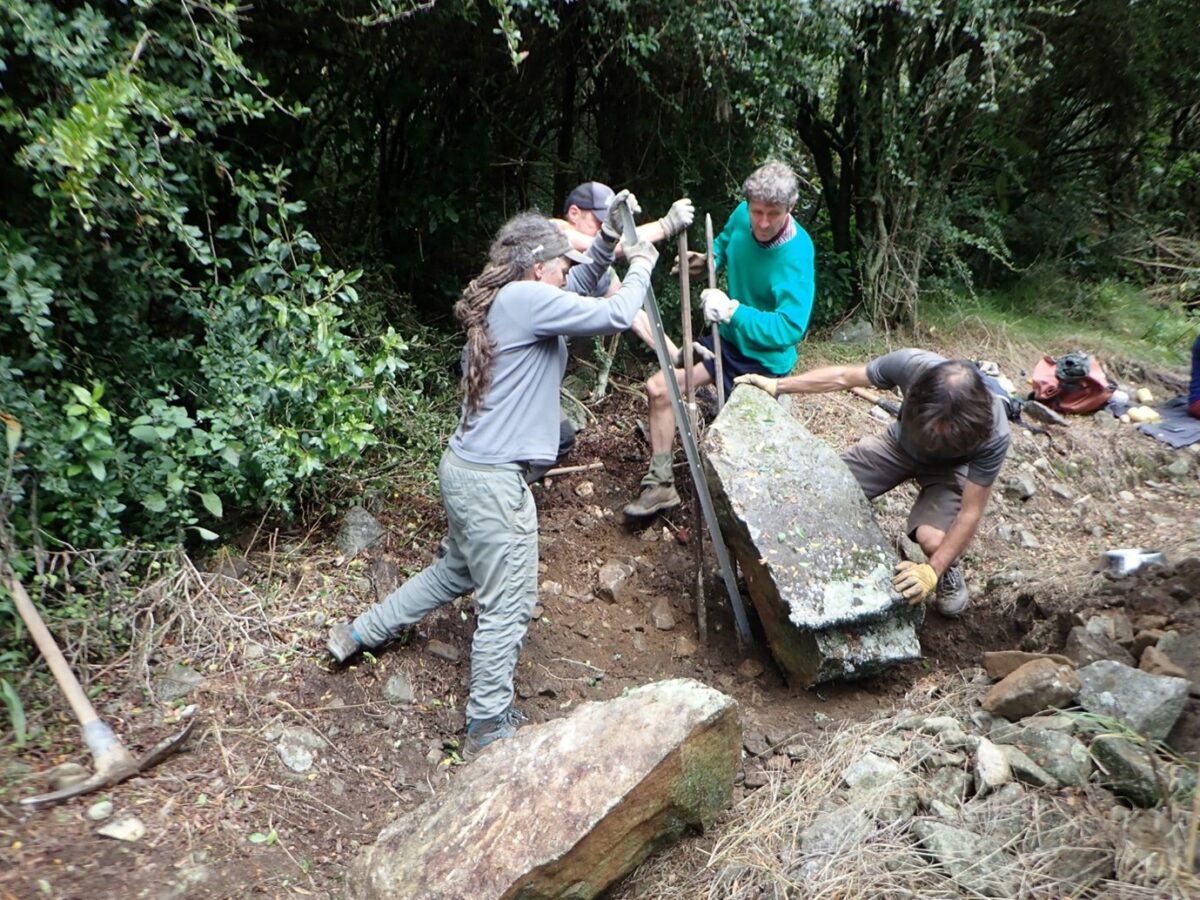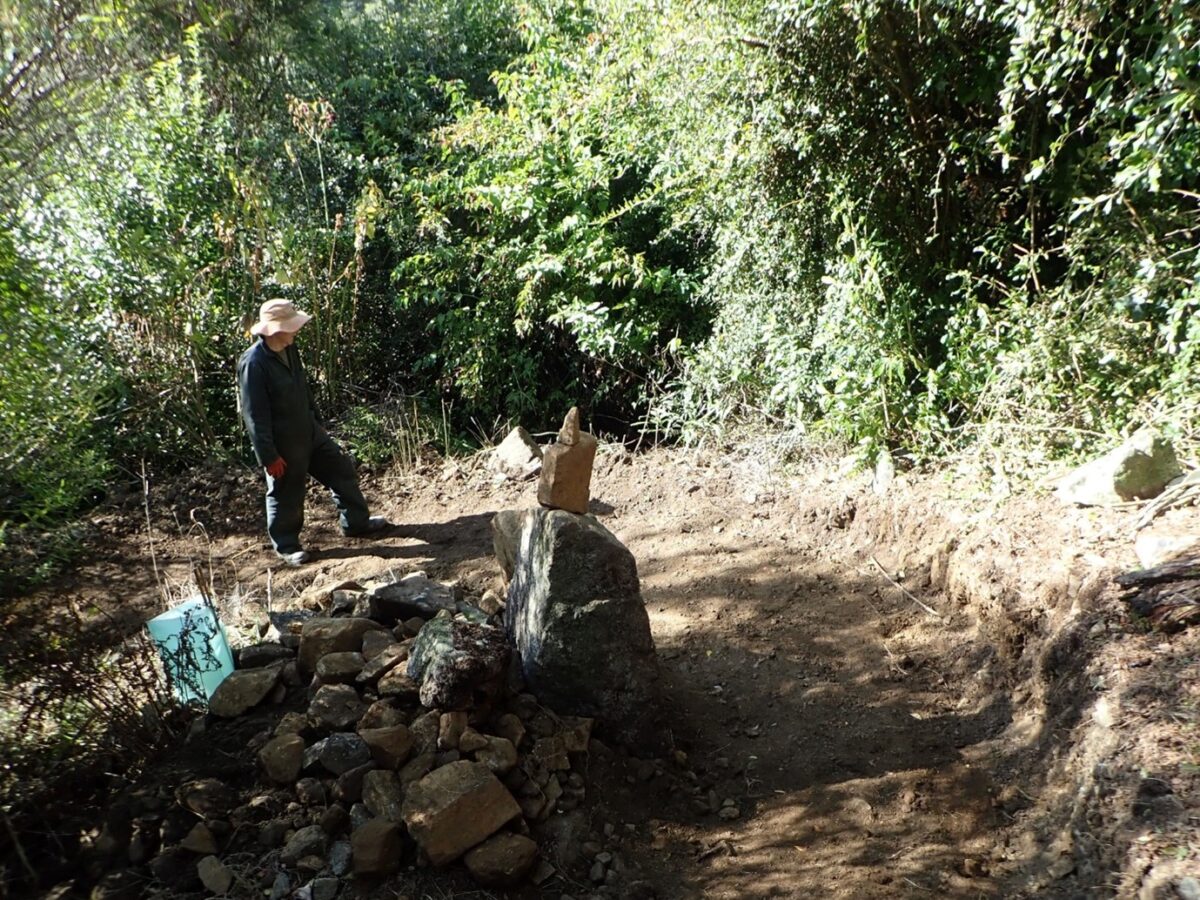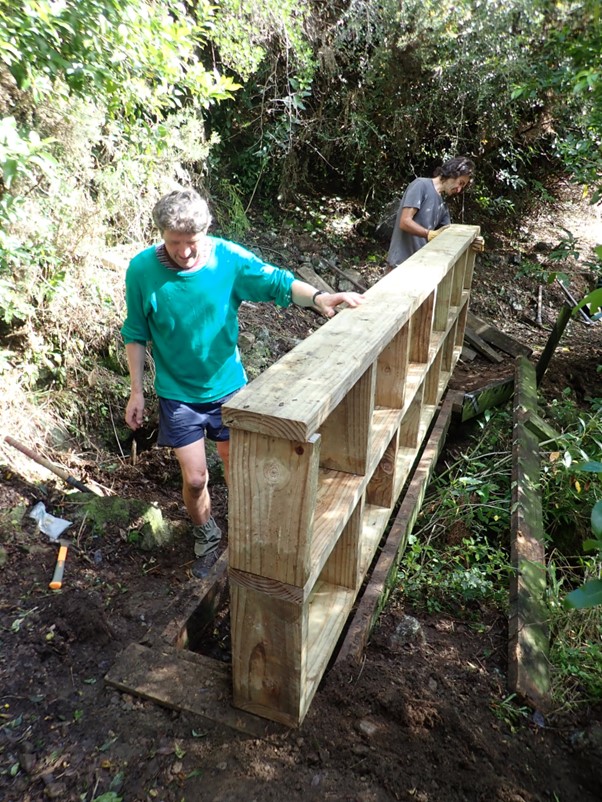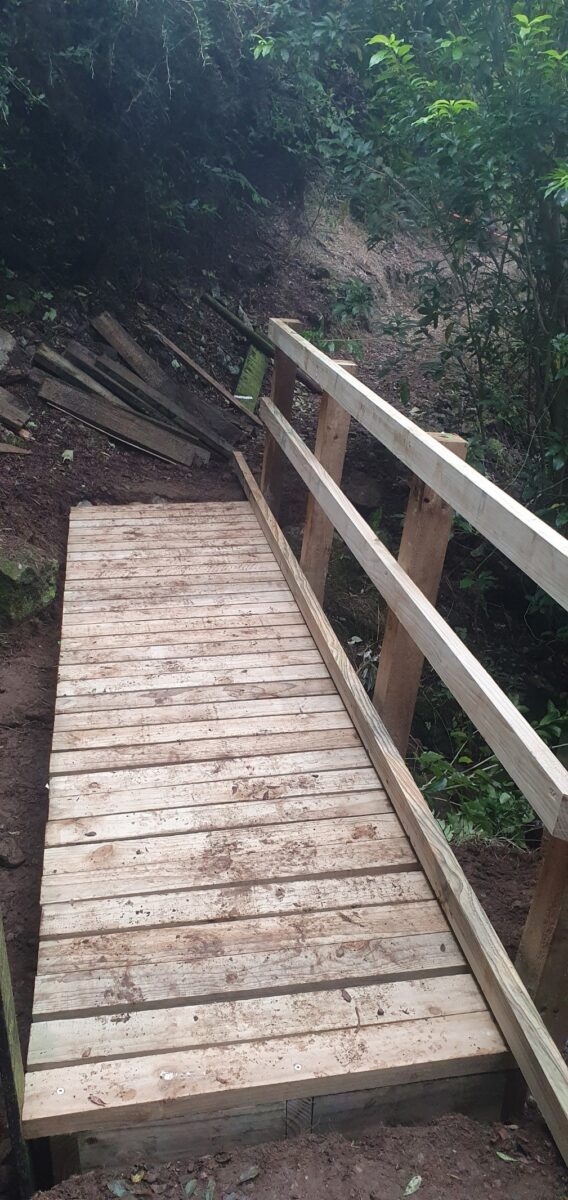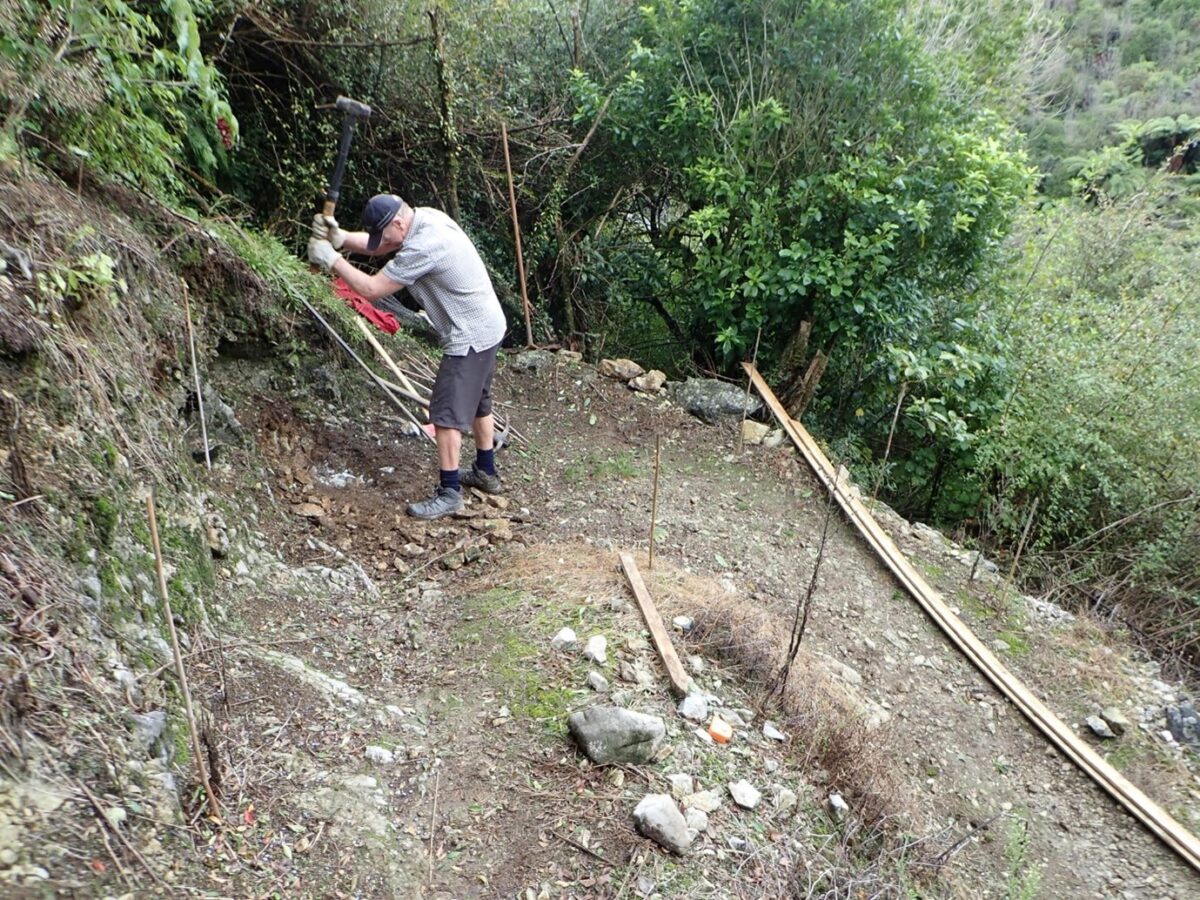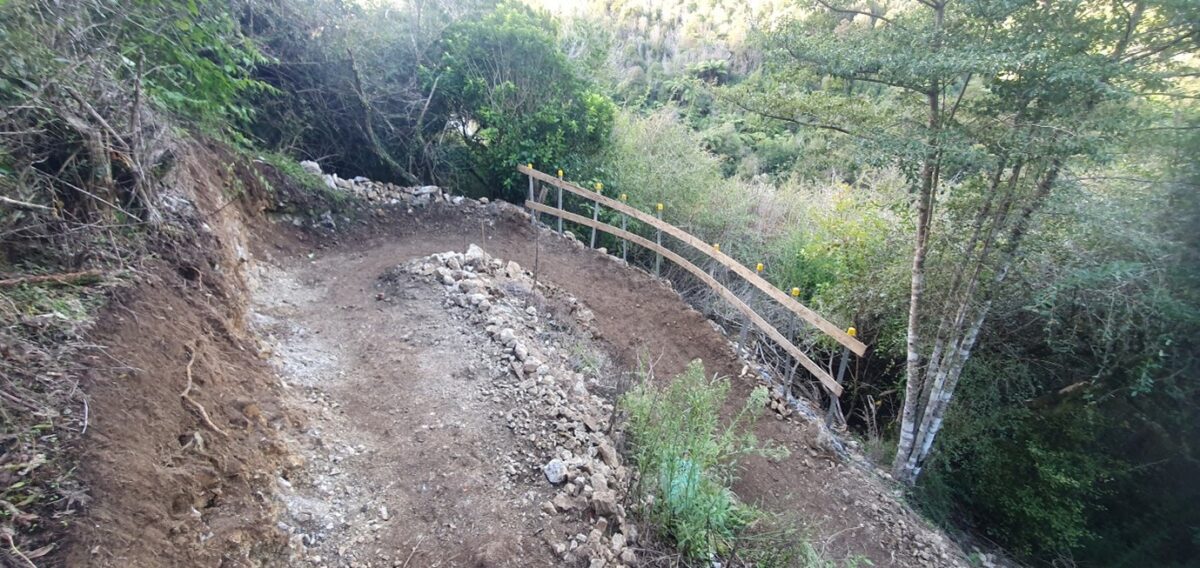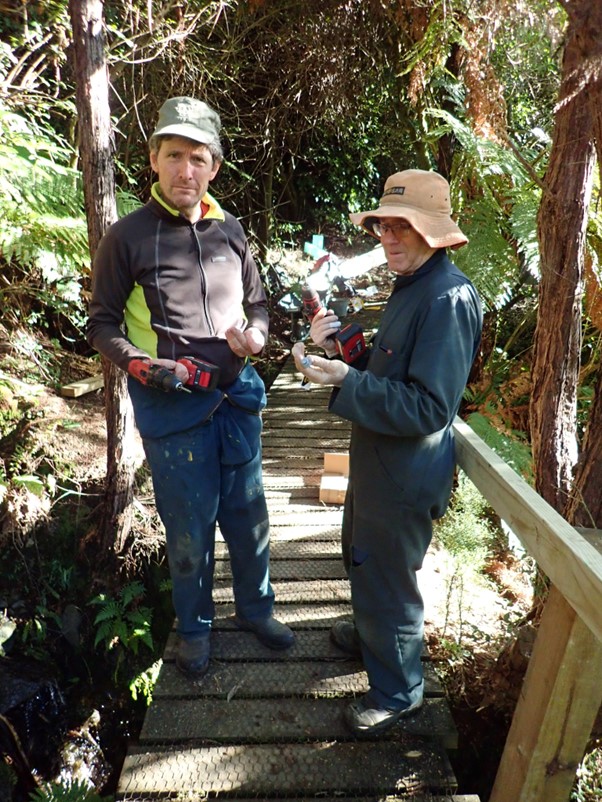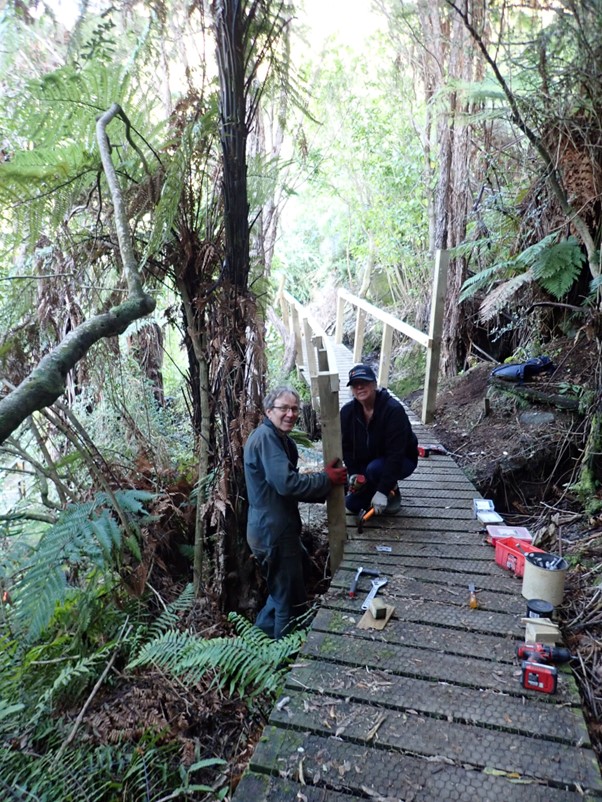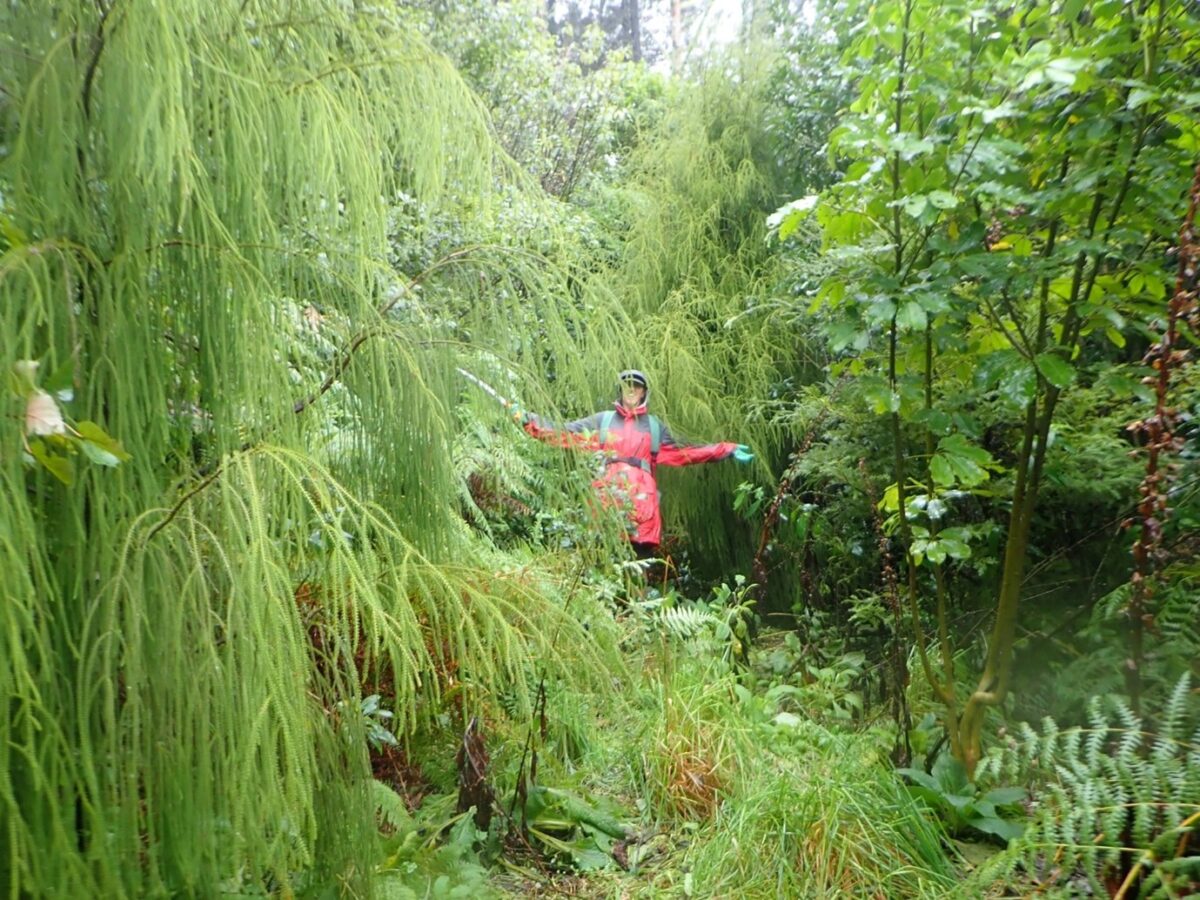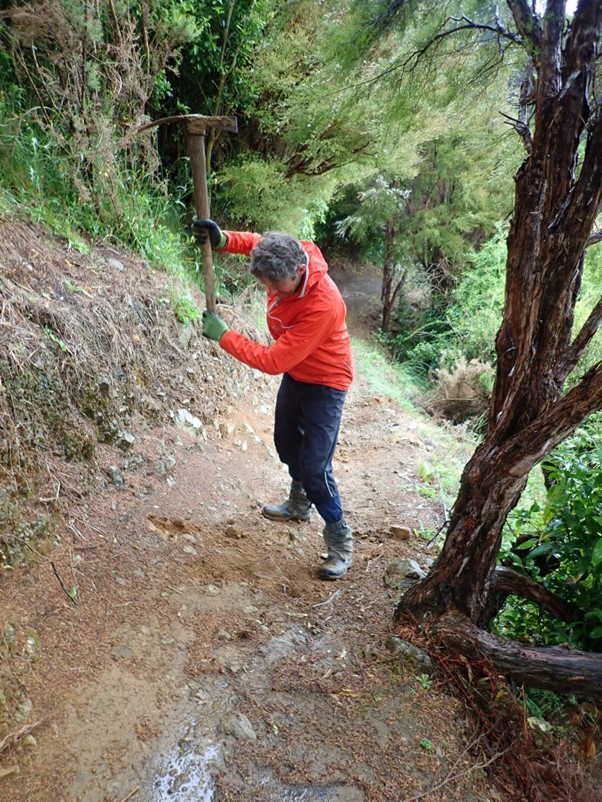Under the energetic leadership of Tony LeSueur, supported by several keen stalwarts, trapping at Project Rameka went from strength to strength in 2025.
Tony has been steadily replacing old traps with new double traps, which he is building himself. These are essentially two traps in one long box. The first kill acts as irresistible bait, and so these traps catch more than any single trap ever could.

Rameka is now catching more rats and stoats than any other trapping group in Golden Bay. Over 365 days, there were 389 catches at Rameka, 212 catches at the nearby Paines Ford, and 69 catches at Motupipi Hill. This would not have been possible without Tony’s new double traps.
Every time the traps are cleared, trappers email in a report of what has been caught, and the report often includes mention of the birdlife they have seen, which includes, tomtits, robins, bellbirds and weka.
The double traps have been paid for partly from the sale of carbon credits but mostly from generous donations, in particular from Martin Dowse who funded $5,000 of materials for new traps. Tony then volunteers his time to build the traps.
The main pest we are catching is rats. Here is what the numbers look like from October 2024 to September 2025.

In 2025, a total of 338 rats were caught, and 15 stoats/weasels.
At the time of writing, Tony was busy building another 10 double traps. These traps will be deployed on out eastern boundary in the near future.
Looking further ahead, another 11 traps are reaching the end of their life, and if we can raise enough funds, they will be replaced with brand new double traps in 2026. Each double traps costs $180–$200.
If you would like to support this trapping, you could donate to Project Rameka, at: https://rameka.carbonforest.nz/support-us/
